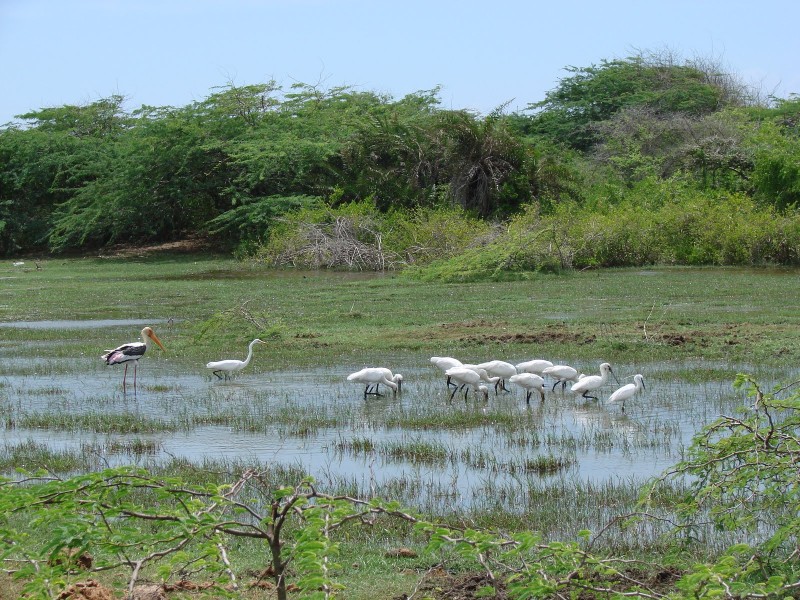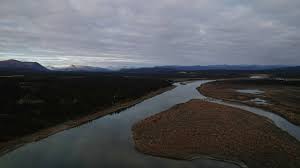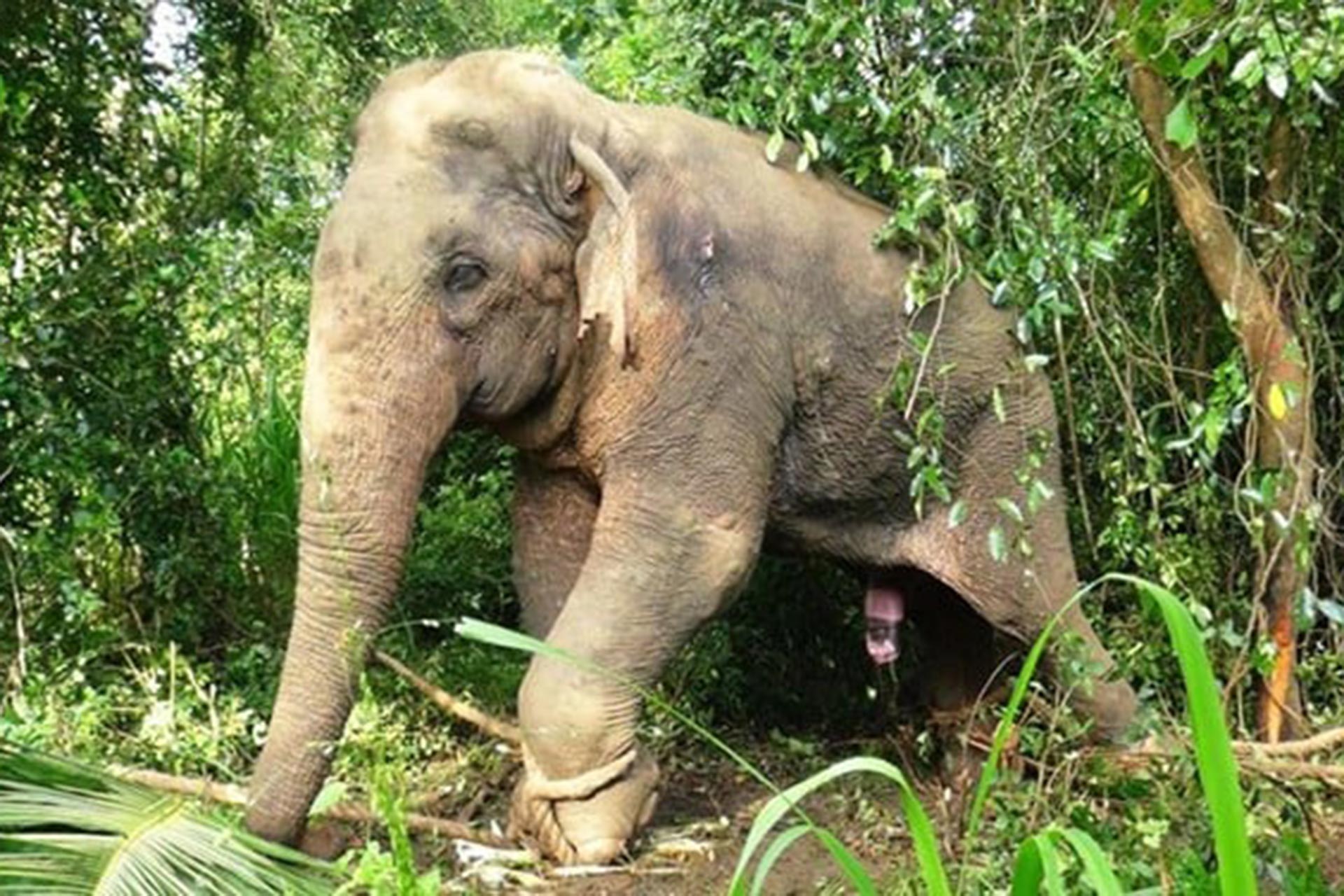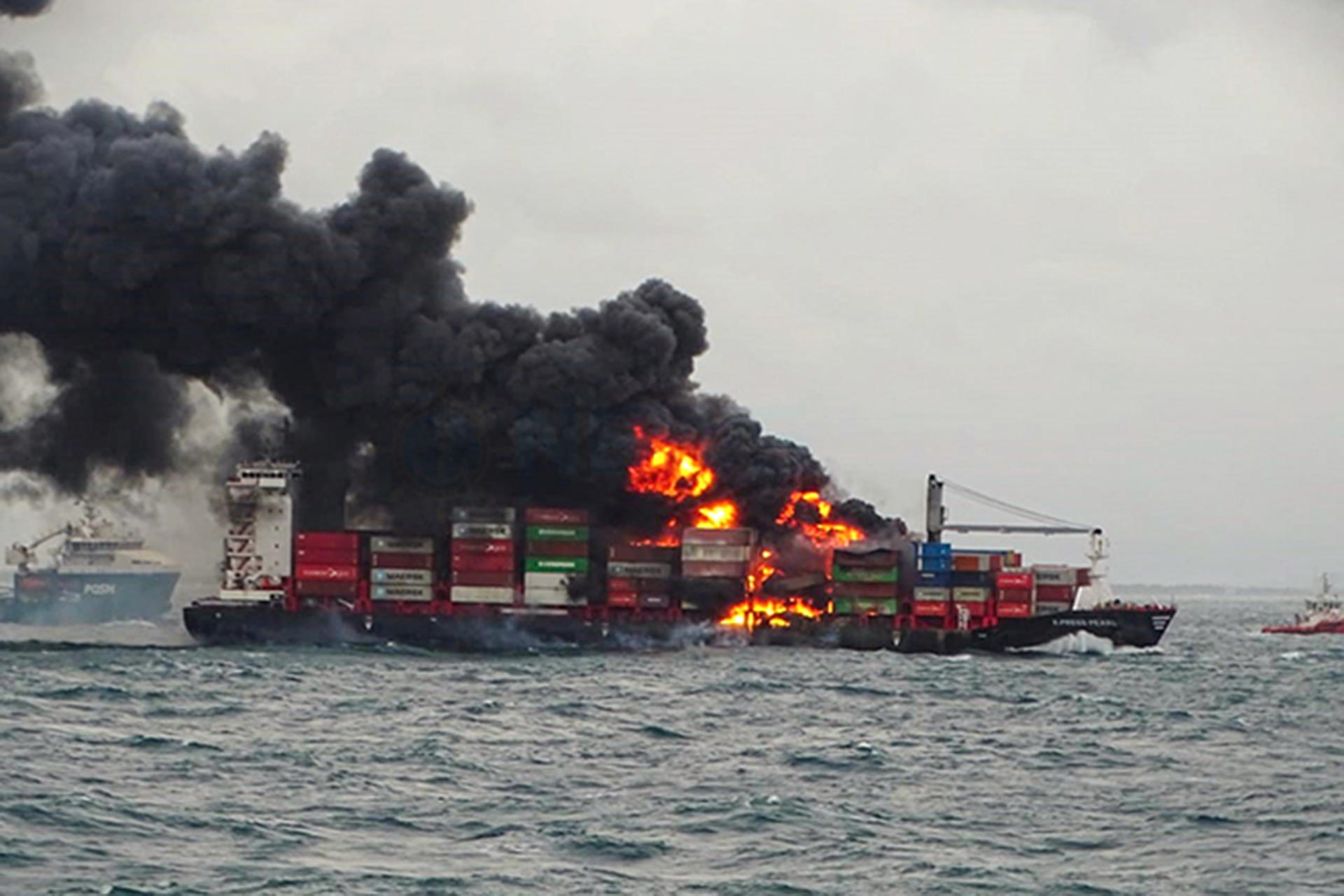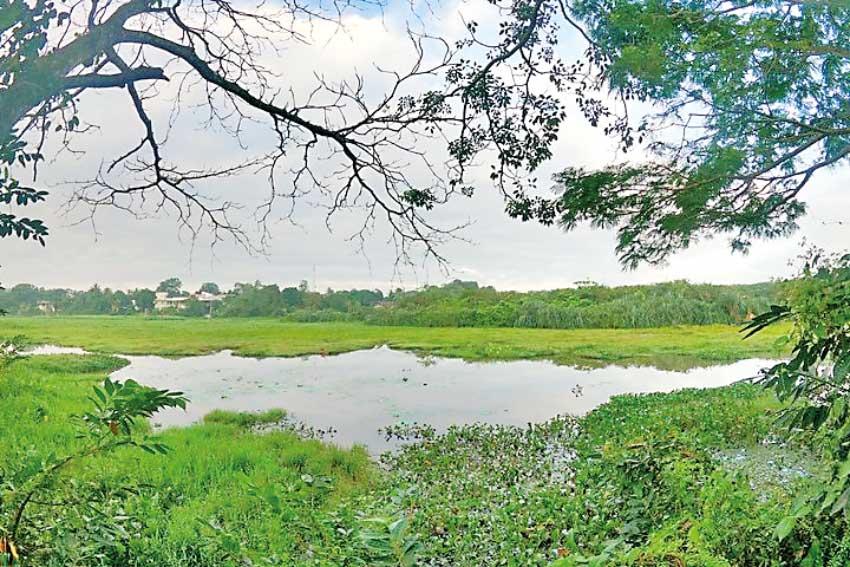
By Sathikeen Mohamed Sajid
Wetlands are among the most vital ecosystems on Earth. They play a crucial role in climate regulation, environmental protection, and biodiversity conservation. Beyond their ecological value, wetlands support human livelihoods by providing clean water, food, and natural protection against floods. In the global fight against climate change, wetlands are key allies due to their ability to store vast amounts of carbon and reduce greenhouse gases in the atmosphere.
Wetlands as Carbon Sinks
Wetlands such as peatlands, mangroves, and salt marshes act as powerful carbon sinks. They capture and store carbon dioxide (CO₂) one of the primary drivers of global warming more efficiently than many other ecosystems. Although peatlands cover just 3% of the Earth’s land surface, they store over 550 gigatons of carbon. Their waterlogged, low-oxygen conditions slow the decomposition of organic matter, locking in carbon for centuries.
Mangroves and salt marshes, often referred to as “blue carbon ecosystems,” also store carbon at rates faster than tropical rainforests. This makes them incredibly valuable in mitigating climate change. However, when these ecosystems are disturbed or destroyed, the carbon they store is released back into the atmosphere, accelerating global warming.
Threats from Climate Change and Human Activities
Wetlands are increasingly vulnerable due to climate change. Rising global temperatures and altered rainfall patterns can cause wetlands to dry up or flood excessively, disrupting their balance. These changes can also trigger the release of methane (CH₄), a greenhouse gas significantly more potent than CO₂.
Human activities such as wetland drainage for agriculture, urban development, and pollution further exacerbate the problem. When wetlands are drained, their stored carbon is released into the air. Pollutants from pesticides, heavy metals, and untreated sewage can damage plant and animal life, weakening the wetland’s ability to support ecosystems and regulate climate.
Restoring Wetlands for Climate Action
Restoration is a powerful tool for climate mitigation. Rewetting drained peatlands helps halt CO₂ emissions and restores their natural carbon storage function. While this may cause a short-term rise in methane emissions, the long-term benefits for the climate are significant.
Mangrove reforestation is another effective strategy. Restored mangroves sequester carbon, shield coastlines from storms, and support marine biodiversity. Adaptive water management practices can also reduce methane emissions and help wetlands remain resilient in changing climates.
Sustainable Use and Community Involvement
Sustainable wetland management requires coordinated efforts. Urban planning must avoid construction on wetland areas. Farmers can protect wetland health by establishing buffer zones and reducing the use of harmful chemicals. Reconnecting rivers to floodplains and enhancing wastewater treatment systems are additional practical solutions.
Community education and participation are vital. Raising public awareness about the importance of wetlands can lead to stronger conservation efforts. Engaging local communities through volunteer initiatives and educational campaigns empowers people to take ownership of wetland protection.
Conclusion
Wetlands are essential in the battle against climate change. They store carbon, support diverse life forms, and offer direct benefits to human society. Yet, they are under threat from both climate shifts and human interference. By protecting, restoring, and managing wetlands sustainably, we can reduce greenhouse gas emissions, adapt to climate impacts, and foster harmony between nature and human development.
